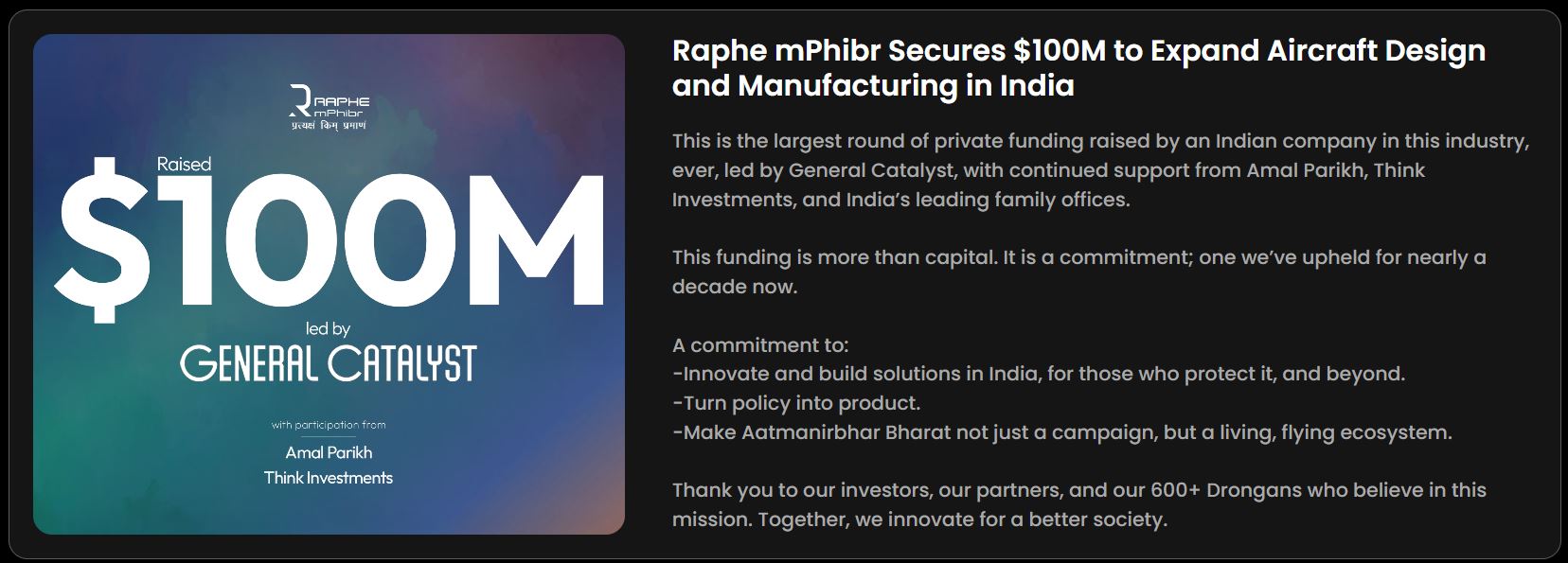The Paradox of Success: Why Microsoft Cut 15,000 Jobs Despite Thriving Business
Microsoft Corporation faces an unprecedented challenge in 2025 as it navigates what CEO Satya Nadella calls the “enigma of success” in the artificial intelligence era. The tech giant has eliminated over 15,000 positions this year while simultaneously posting record profits and investing $80 billion in AI infrastructure, creating a complex narrative of transformation that has left employees and industry observers questioning the company’s strategic direction.
Understanding Microsoft’s Massive Workforce Reduction Strategy
The scale of Microsoft’s 2025 layoffs represents one of the most aggressive workforce restructuring efforts in the company’s history. With approximately 9,000 employees terminated in July alone, these cuts affect roughly 7% of Microsoft’s global workforce of 200,000 people. The layoffs span multiple divisions but particularly impact traditional software engineering roles as AI tools increasingly automate code generation processes.
Key Statistics Behind Microsoft’s 2025 Layoffs:
- Total job cuts: Over 15,000 positions eliminated
- Workforce impact: 7% of global employees affected
- AI investment: $80 billion allocated for artificial intelligence initiatives
- Code automation: Nearly 30% of Microsoft’s code now generated by AI tools like GitHub Copilot
Satya Nadella’s Leadership Philosophy During AI Transformation
In his recent company-wide memo dated July 24, 2025, CEO Satya Nadella addressed the apparent contradiction between Microsoft’s financial success and workforce reductions. He acknowledged that the situation has been “weighing heavily” on him and described the current period as characterized by “uncertainty and seeming incongruence.”
Nadella emphasized that progress in the technology industry isn’t linear, stating that transformation requires companies to constantly reinvent themselves to maintain competitive advantage. His leadership approach during this transition focuses on repositioning Microsoft for an AI-first future, even when it means making difficult personnel decisions.
The Economics of AI Investment vs. Traditional Employment
Microsoft’s strategic pivot reflects broader trends in the technology sector, where companies are reallocating resources from traditional payroll expenses to AI infrastructure investments. The company’s decision to reduce headcount while increasing AI spending demonstrates a fundamental shift in how tech giants approach operational efficiency.
Resource Allocation Transformation:
- From: Traditional software development teams
- To: AI infrastructure and computational resources
- Impact: Reduced labor costs fund increased processor and server investments
- Timeline: Accelerated transition throughout 2025
Industry Context: Tech Sector Workforce Optimization Trends
Microsoft’s approach mirrors industry-wide patterns, with over 80,000 technology positions eliminated across various companies in 2025. This trend reflects the sector’s adaptation to AI capabilities that can perform tasks previously requiring human intervention. Companies are strategically downsizing traditional roles while investing in AI technologies that promise greater scalability and efficiency.
Employee Perspective: Navigating Uncertainty in AI Era
The workforce transformation has created significant anxiety among Microsoft employees, who face uncertainty about job security despite the company’s strong financial performance. Many employees report concerns about their roles becoming obsolete as AI tools increasingly handle tasks that once required human expertise.
Microsoft has responded by emphasizing the importance of AI literacy in performance evaluations, encouraging employees to develop skills that complement rather than compete with artificial intelligence systems. This approach represents a shift toward hybrid human-AI collaboration models.
Financial Performance Amid Workforce Changes
Despite the massive layoffs, Microsoft’s stock performance has remained strong, with shares closing above $500 for the first time on July 9, 2025. Investors have generally responded positively to the company’s AI-focused strategy, viewing the workforce optimization as necessary for long-term competitive positioning.
The company’s financial metrics demonstrate the apparent success of its transformation strategy:
- Stock performance: New all-time highs achieved
- Investor confidence: Positive market response to AI investments
- Profit margins: Record-breaking financial results maintained
The Future of Work at Microsoft: AI-Human Collaboration
Looking ahead, Microsoft’s transformation strategy suggests a future where artificial intelligence handles routine tasks while human employees focus on creative, strategic, and interpersonal responsibilities. This shift requires existing employees to adapt their skill sets and embrace new ways of working alongside AI systems.
The company’s emphasis on continuous learning and AI integration indicates that future Microsoft employees will need to demonstrate proficiency with AI tools as a baseline requirement for most roles.
Strategic Implications for Enterprise Technology
Microsoft’s approach to AI transformation has broader implications for enterprise technology adoption. As one of the world’s largest software companies undergoes this transition, other organizations are watching closely to understand best practices for integrating AI while managing workforce changes.
The company’s experience provides valuable insights into the challenges and opportunities associated with large-scale AI implementation in corporate environments.
Leadership Lessons from Microsoft’s Transformation
Satya Nadella’s handling of this transition offers several leadership lessons for executives navigating similar transformations:
Transparency: Acknowledging the difficulty and apparent contradictions of the situation Strategic Vision: Maintaining focus on long-term competitive positioning Employee Communication: Providing regular updates and context for difficult decisions Adaptability: Demonstrating willingness to make significant organizational changes
Conclusion: Navigating the AI Transformation Challenge
Microsoft’s 2025 workforce transformation illustrates the complex challenges facing technology companies as they adapt to artificial intelligence capabilities. While the company has achieved financial success through its AI investments, the human cost of this transition remains significant.
The long-term success of Microsoft’s strategy will depend on its ability to effectively integrate AI capabilities while maintaining employee morale and organizational culture. As the technology industry continues evolving, Microsoft’s experience serves as both a blueprint and cautionary tale for other companies undertaking similar transformations.
The “enigma of success” that Nadella describes reflects the broader challenge of thriving in an industry where continuous reinvention is essential for survival, even when that reinvention requires difficult decisions about human resources and organizational structure.
This analysis is based on publicly available information about Microsoft’s 2025 transformation strategy and does not constitute investment advice. The technology industry remains highly dynamic, and company strategies may evolve as market conditions change.





